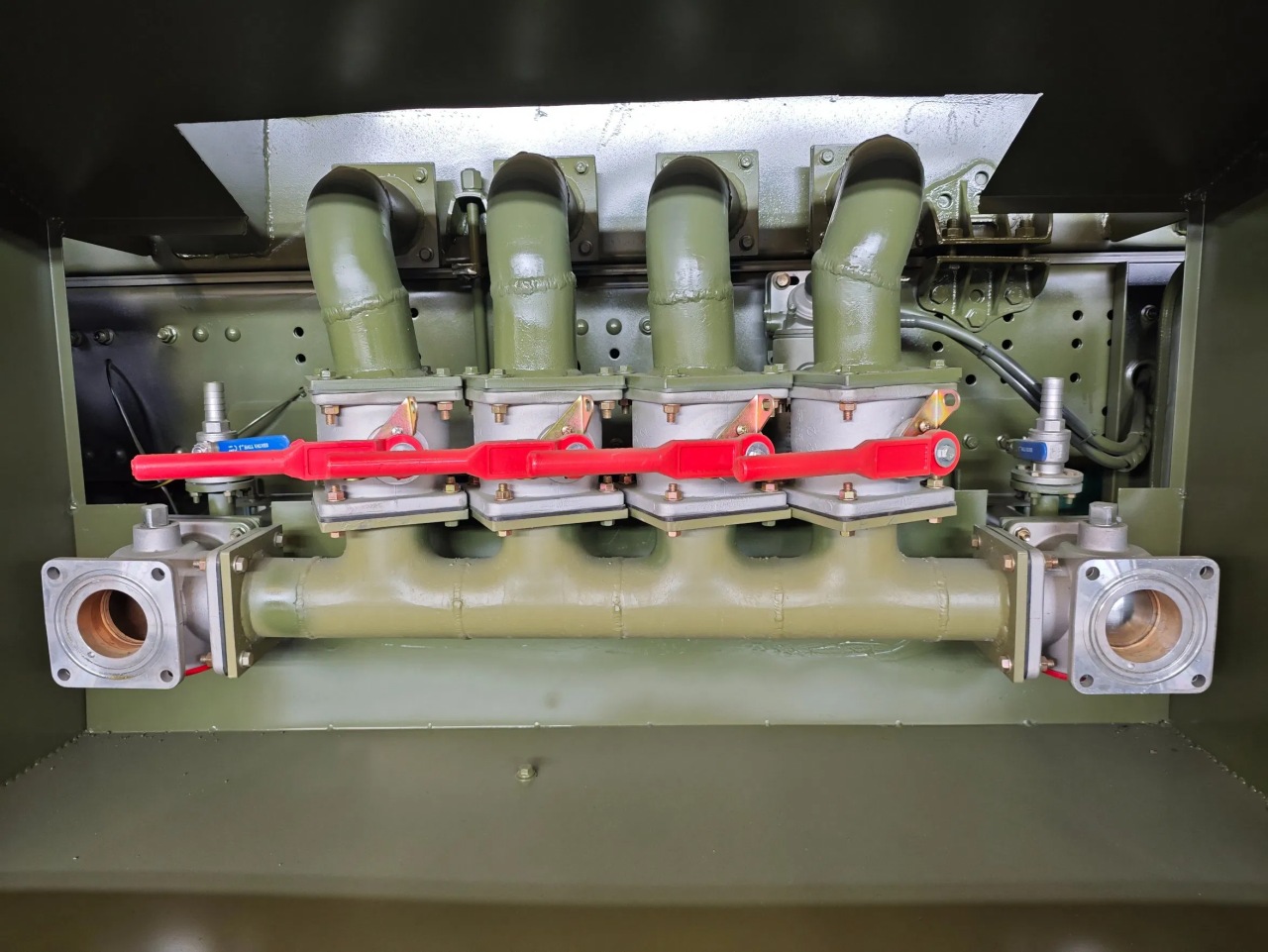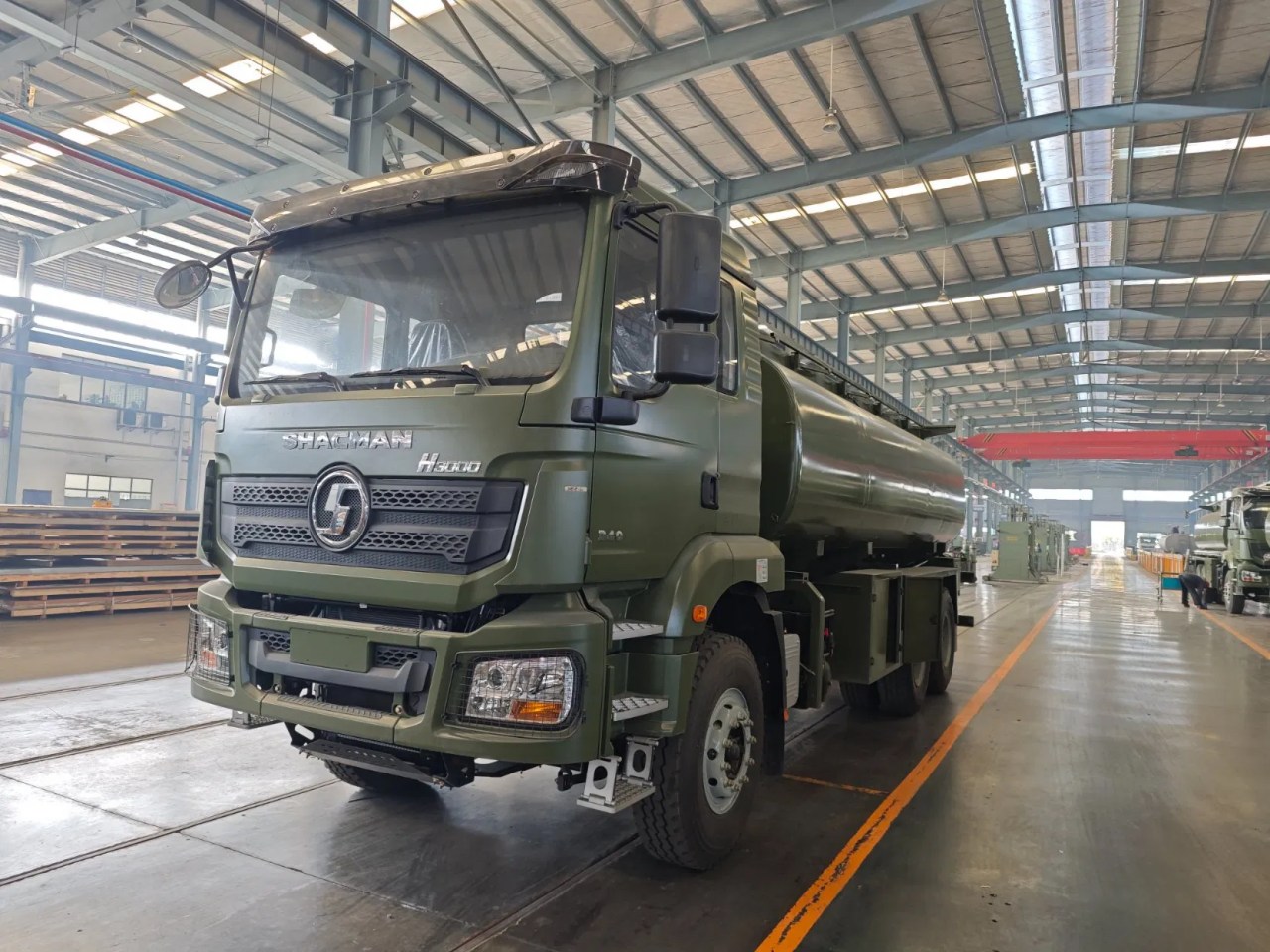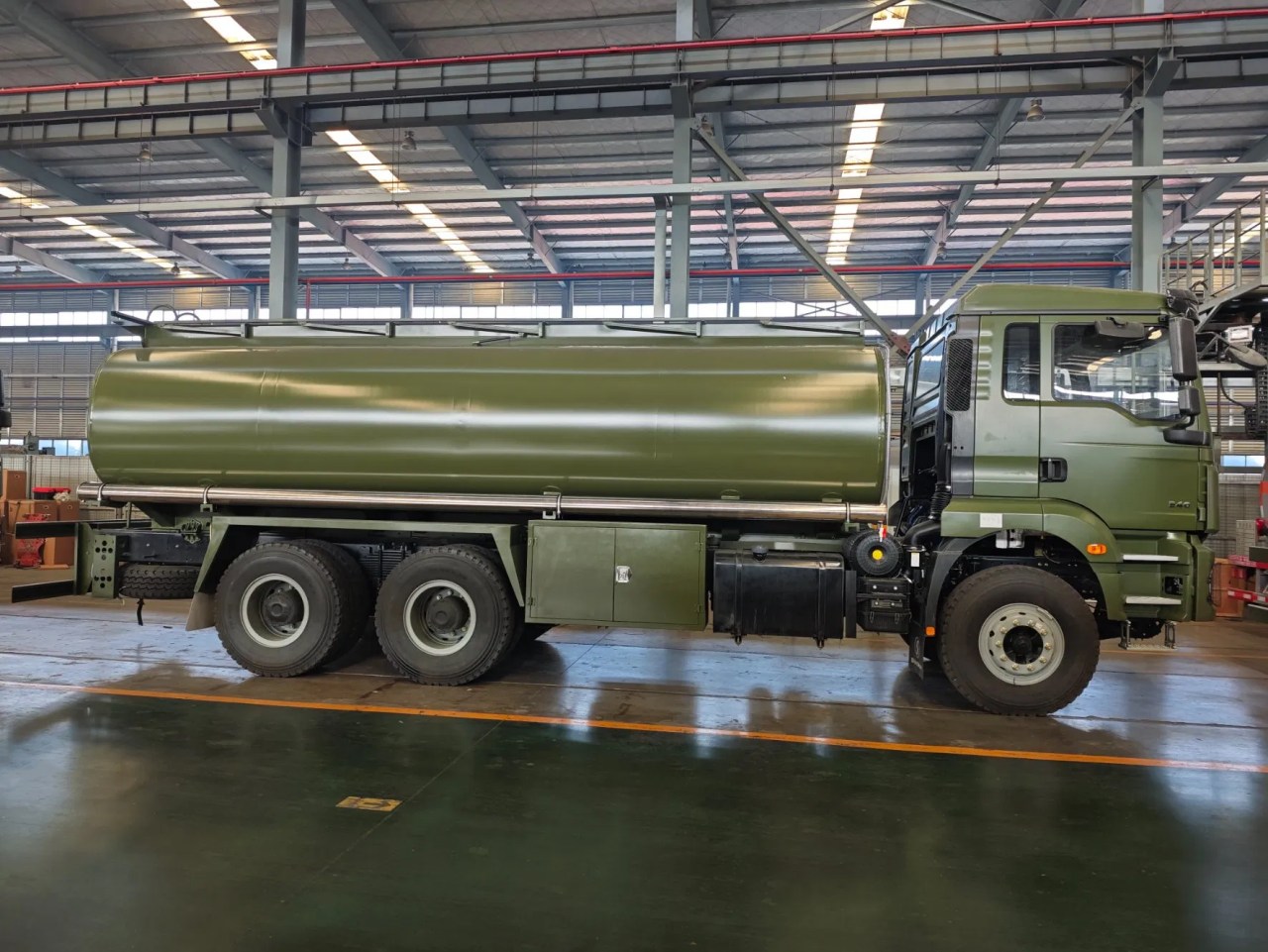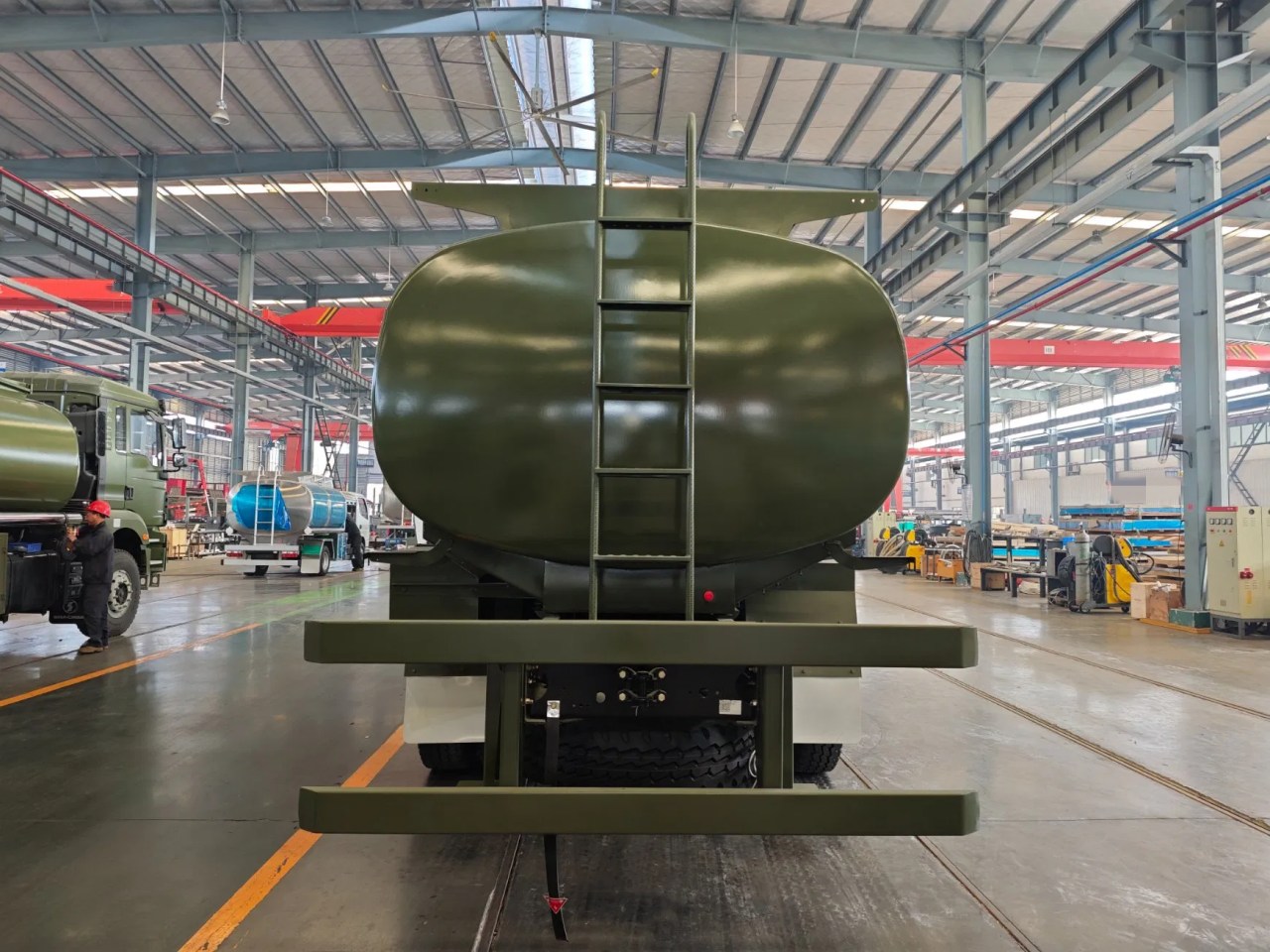Fuel lorries, also known as fuel tankers or fuel trucks, play a crucial role in the transportation and distribution of liquid fuels such as petrol (gasoline), diesel, kerosene, and aviation fuel. These vehicles are designed to safely carry large quantities of flammable liquids across long distances, from refineries to petrol stations, airports, or industrial facilities. One of the most commonly asked questions regarding fuel lorries is: What is their capacity? The answer depends on several factors, including the size and type of the lorry, regional regulations, and the specific application.
Overview of Fuel Lorry Types
Fuel lorries come in various configurations and sizes, which directly affect their carrying capacity. Broadly, fuel lorries can be classified into 3 categories:
- Small Rigid Fuel Trucks
- Medium-Size Tankers
- Large Articulated Fuel Tankers
Each type is used for different delivery needs, from inner-city fuel station refills to long-haul transportation between terminals and depots.
1. Small Rigid Fuel Trucks
These are compact vehicles typically built on light- to medium-duty truck chassis. They are often used for fuel delivery in urban or rural areas where maneuverability is essential. These lorries are especially common for small petrol stations or farm deliveries.
Typical Capacity:
- Volume: 4,000 to 10,000 liters (approximately 1,000 to 2,600 US gallons)
- Compartments: Usually 1 to 3 compartments
- Fuel Type: Diesel, petrol, or heating oil
Advantages:
- Excellent for tight spaces or areas with weight restrictions
- Lower operational costs
- Ideal for small or frequent deliveries
2. Medium-Size Fuel Tankers
These tankers are generally built on heavy-duty rigid truck chassis. They provide a good balance between capacity and accessibility. They’re frequently used for deliveries to medium-sized fuel stations, commercial premises, or for specific industrial use.
Typical Capacity:
- Volume: 10,000 to 18,000 liters (approximately 2,600 to 4,800 US gallons)
- Compartments: 2 to 5 compartments, enabling multi-fuel deliveries
Advantages:
- Larger payload than small trucks while still navigating moderately confined areas
- Multi-compartment tanks allow multiple fuel types in one trip
- Cost-effective for mid-range delivery routes
3. Large Articulated Fuel Tankers
Articulated lorries, commonly seen on highways, are the backbone of bulk fuel transportation. These are semi-trailer tankers pulled by tractor units, often used for long-distance hauling or resupplying large fuel depots and service stations.
Typical Capacity:
- Volume: 30,000 to 40,000 liters (approximately 8,000 to 10,500 US gallons)
- Compartments: Up to 6 or 8 compartments
- Gross Vehicle Weight: Typically between 38 to 44 tonnes (depending on jurisdiction)
Advantages:
- High-capacity transportation
- Efficient for large-scale fuel logistics
- Economic over long distances
Factors Influencing Capacity
The capacity of a fuel lorry is not only determined by the physical volume of its tank but also by a range of regulatory, design, and operational considerations:
a) Gross Vehicle Weight (GVW) Limits
Each country imposes GVW limits for commercial vehicles. In the European Union, for example, the maximum allowable weight for articulated fuel lorries is typically 44 tonnes. In the U.S., this can vary by state but generally remains under 80,000 pounds (36,287 kg). The weight of the vehicle itself, combined with the fuel load, must stay under these limits.
b) Fuel Density
Different fuels have different densities, which affect the weight of a full load. For instance:
- Diesel: ~0.832 kg/liter
- Petrol (gasoline): ~0.745 kg/liter
- Kerosene: ~0.80 kg/liter
The same volume of diesel will weigh more than petrol, potentially reducing the total volume that can be carried within legal weight limits.
c) Tank Material and Structure
Fuel tanks are typically made from aluminum or stainless steel to minimize weight while ensuring structural integrity. Tankers may also be insulated or equipped with vapor recovery systems, slightly reducing internal volume but increasing safety.
d) Compartmentalization
Most fuel lorries have multiple compartments. This allows them to:
- Carry different fuel grades simultaneously
- Distribute weight more evenly
- Enhance safety by limiting liquid surge during braking or cornering
However, compartments take up internal space due to the walls, piping, and valves, reducing the net usable capacity slightly.
Regional Variations
Different regions have varying legal and infrastructural constraints that impact fuel lorry capacity:
- Europe: 40,000 to 44,000-liter tankers are standard for long-haul transport, given favorable road infrastructure and regulations.
- United States: While US tankers often appear larger, they usually have a comparable or slightly smaller liquid volume due to stricter axle weight laws.
- Asia and Africa: Tanker capacities are more varied, often between 10,000 and 30,000 liters, depending on road conditions and regulatory frameworks.
- Australia: With vast distances and less restrictive road laws in some areas, road trains can transport up to 100,000 liters using multiple connected trailers.
Safety Considerations
Fuel is a hazardous material, so every fuel lorry must meet strict safety standards, including:
- Anti-surge baffles
- Bottom-loading systems
- Emergency shut-off valves
- Grounding and bonding equipment
- Fire extinguishing and spill control gear
These features ensure not only the safety of the driver and vehicle but also of the environment and other road users.
Future Trends in Fuel Transport
With the global shift toward alternative energy sources and environmental sustainability, the fuel lorry industry is evolving:
- Electric and hybrid fuel lorries are being trialed for short-distance deliveries.
- Improved telematics and route optimization are helping reduce fuel consumption and emissions.
- Biofuels and hydrogen transport are emerging niches that may affect future lorry designs and capacities.
Conclusion
The capacity of a fuel lorry varies widely, ranging from around 4,000 liters in small urban trucks to over 40,000 liters in highway-going articulated tankers. This capacity is shaped by the type of truck, regional regulations, fuel types, and safety requirements. As the energy landscape changes, so too will the design and role of fuel lorries in the broader fuel supply chain. Understanding these capacities is crucial for logistics planning, fuel distribution efficiency, and regulatory compliance.






